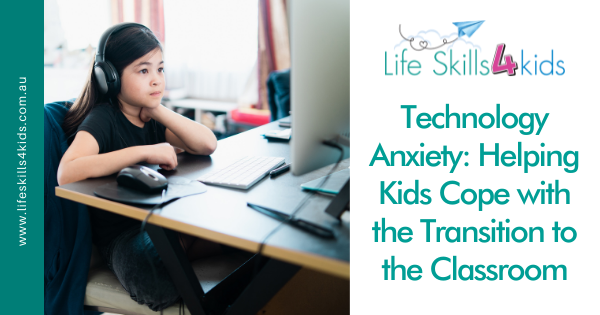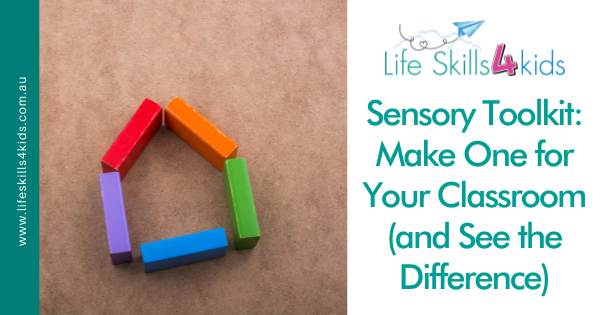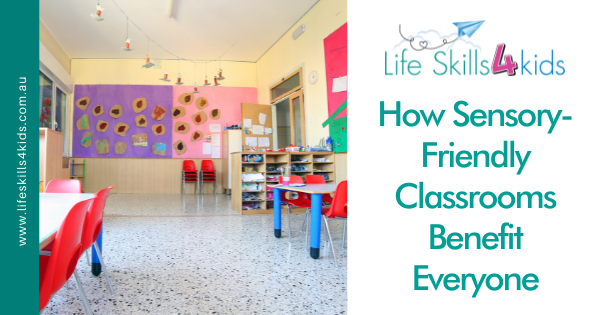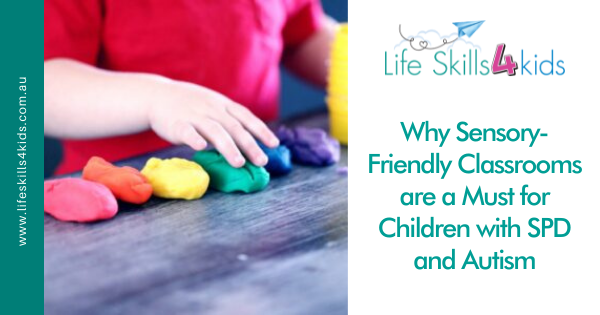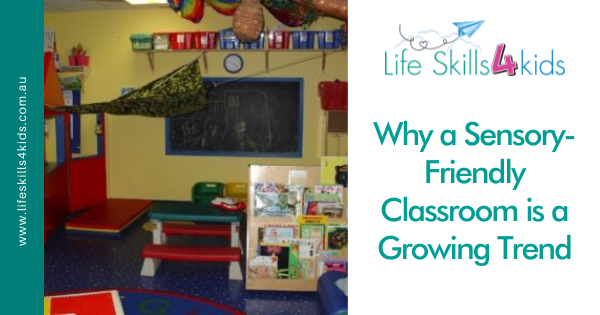
by Debbie Hopper | Nov 25, 2021 | Anxiety, Back to School, Blog, Child Development, Occupational Therapy, Sensory Processing in the Classroom
Technology anxiety is real amongst children and young people who face returning to the classroom after time spent in home learning during the lockdowns. During this time, most children have been learning online or through an increased amount of screen time rather than...

by Debbie Hopper | May 27, 2019 | Blog, Sensory Processing in the Classroom
Any teacher of a student with special sensory needs knows that things just aren’t the same in the classroom. You seem to spend more time managing behaviour than before and it eats up your valuable teaching time. It’s frustrating. You’re probably also...

by Debbie Hopper | May 20, 2019 | Blog, Sensory Processing in the Classroom
We often hear about creating a sensory-friendly classroom for younger students, but what about students who are in their teens and have special sensory needs? Primary schools tend to be more flexible with the needs of younger students, while there seems to be some...

by Debbie Hopper | Apr 8, 2019 | Blog, Sensory Processing in the Classroom
While recent advances in educational strategies have focused on the needs of children with Autism or Sensory Processing Disorder, there are actually many children who don’t have either of these conditions but may be sensory-sensitive in one or two areas. These...

by Debbie Hopper | Mar 11, 2019 | Blog, Child Behaviour, Child Development, Encouragement, Sensory Processing in the Classroom
Teachers, childcare workers and other professionals have long known that some children cannot tolerate experiences that other children don’t even notice. Certain sounds, a noisy environment, some visual elements or even being touched can trigger a meltdown that is...

by Debbie Hopper | Feb 24, 2019 | Blog, Child Behaviour, Sensory Processing, Sensory Processing in the Classroom
In years gone by, not much research was available on the ways that environment affects children with special needs. These children were often placed into regular classrooms and expected to conform to the parameters of the majority. Sensory-friendly classrooms were a...
